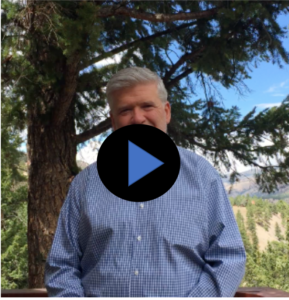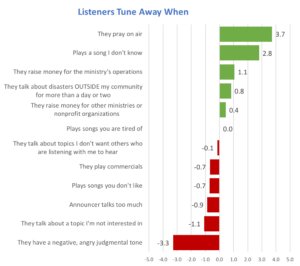Superheroes are all the rage right now. Marvel Studios keeps cranking out blockbuster movies like they’re on a factory assembly line, and Warner Bros. appears to be running to follow suit. All of this provides excitement for moviegoing fans, many of whom dress up as their favorite superhero for the premiers.
It’s fun to think about a world where we have superpowers. It would be amazing to be born with or acquire the ability to fly, run extremely fast, super-punch, or manipulate objects from across the room. And the truth is that God could have given those things to us. After all, He is God.
In reality—if you think about it—God has given us superpowers, though in a different way. Each and every person on the planet is born with a special set of gifts or strengths—things that he or she is better at than the majority of other people in any given group. It could be a knack for leading people, understanding others’ feelings, coming up with good ideas, organizing details, or a myriad of other things.
Consider this. To be an effective leader, it’s important to recognize your team’s strengths and utilize them accordingly. After all, you wouldn’t send Black Widow to break down a wall, would you? The Hulk would be much more efficient. And you wouldn’t ask Captain America or Thor to develop a software program, right? Iron Man or Bruce Banner would be the obvious choice.
While your job may not involve saving the world from alien invasions, the stakes are high. You’re on a mission to bring individuals to Jesus. People’s eternities are on the line. And God has given you a team with special abilities with which to touch lives.
At Finney Media we are fans of the measurement of these special abilities with CliftonStrengths (formerly Strengthsfinder). It measures the top five strengths of an individual to give you a pinpoint focus on what he or she is best at. You can get a detailed explanation of each strength as well as categories of strengths that are best used for different situations in the workplace.
Whether or not you use this kind of instrument, it’s important for you to know your team members’ strengths. Take time to get to know them. Watch to see where they excel.
A team is only effective if it works together, and it needs good leadership to make that happen. Use the superheroes that God has given you to make the biggest possible impact in the spiritual war we’re in.
NOTE: If you are interested in further discussion on your team strengths, please contact us!



